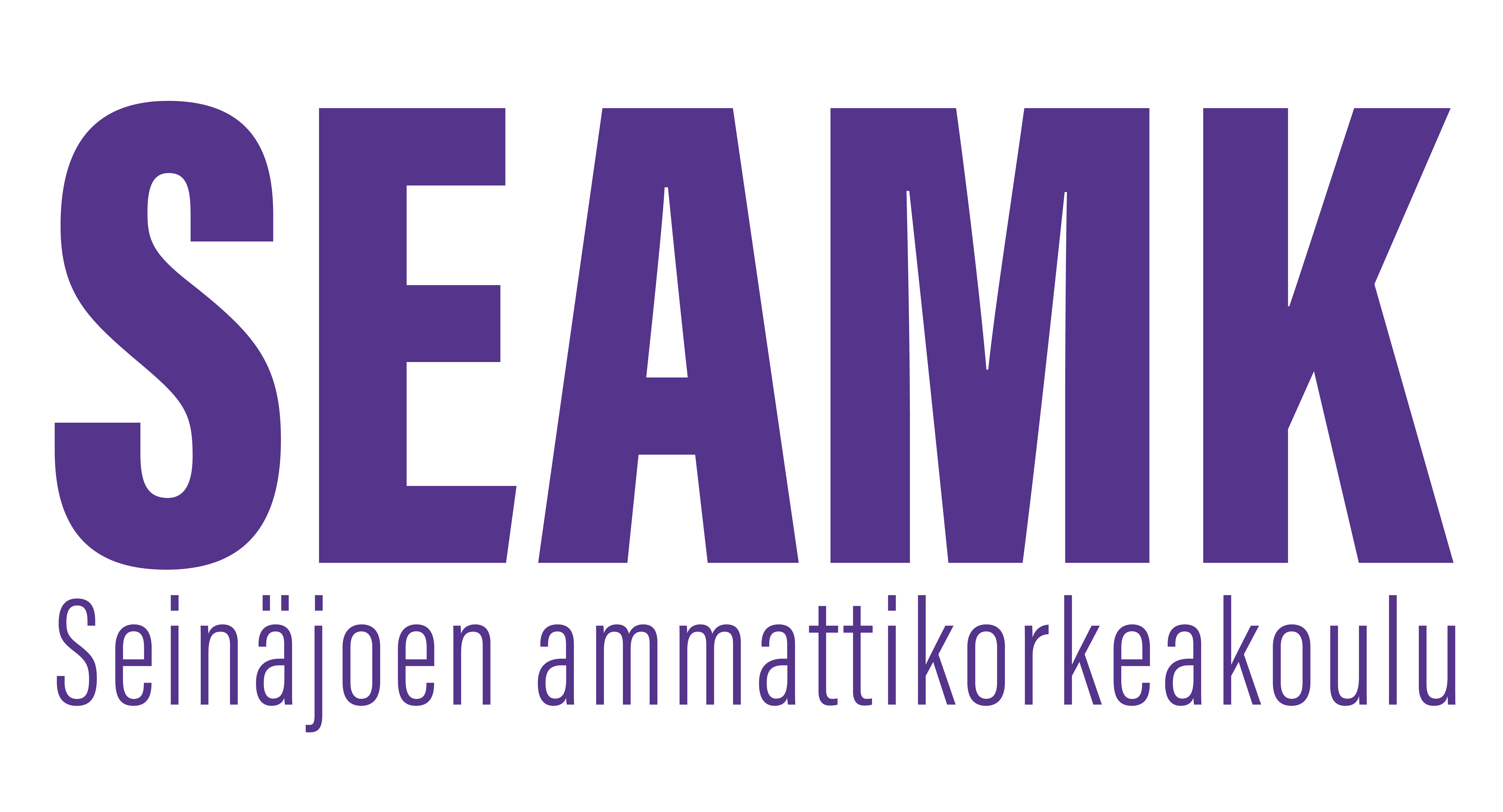Monimuotoisen työyhteisön johtaminen (3op)
Toteutuksen tunnus: LT00DE53-3003
Toteutuksen perustiedot
- Ilmoittautumisaika
- 11.11.2024 - 15.12.2024
- Ilmoittautuminen toteutukselle on päättynyt.
- Ajoitus
- 07.01.2025 - 25.05.2025
- Toteutus on päättynyt.
- Opintopistemäärä
- 3 op
- Lähiosuus
- 0 op
- Virtuaaliosuus
- 3 op
- Toteutustapa
- Etäopetus
- Toimipiste
- SeAMK Seinäjoki, Frami
- Opetuskielet
- suomi
- Koulutus
- Tradenomi (AMK), Liiketalous
- Opettajat
- Emilia Kangas
- Ajoitusryhmät
- Avoin AMK (Ei koske tutkinto-opiskelijaa) (Koko: 7 . Avoin AMK : 7.)
- Ryhmät
-
VVOVVO-ryhmä Peppiä varten
- Pienryhmät
- Avoin AMK (Ei koske tutkinto-opiskelijaa)
- Opintojakso
- LT00DE53
Arviointiasteikko
1-5
Tavoitteet
Opiskelija tuntee tekijät, jotka vaikuttavat monimuotoisen työyhteisön johtamiseen. Opiskelija osaa kuvata monimuotoisen työyhteisön johtamiseen liittyviä keskeisiä mahdollisuuksia ja jännitteitä. Opiskelija tunnistaa monimuotoisuuden lähijohtamiselle asettamia vaatimuksia ja osaa kuvata monimuotoisen työyhteisön toimivuutta tukevia menetelmiä. Opiskelija osaa arvioida eri toimintamallien soveltuvuutta työyhteisön konfliktitilanteissa. Opiskelija osaa arvioida kykyään toimia monimuotoisen työyhteisön lähijohtamisen tehtävissä.
Sisältö
- Monimuotoisuus ja inkluusio työyhteisössä ja yrityksen voimavarana
- Elämänkaarijohtaminen
- Kulttuurisensitiivinen esimiestyö
- Erilaisuuden ja monimuotoisuuden hyödyntäminen työyhteisön johtamisessa
- Lähijohtaminen työyhteisön konflikteissa
Oppimateriaalit
Opettajan ilmoittama kirjallisuus.
Opetusmenetelmät
Verkkototeutus, itsenäiset verkkotehtävät
Toteutuksen valinnaiset suoritustavat
Kehittämistehtävät
Opiskelijan ajankäyttö ja kuormitus
81h itsenäistä työskentelyä
Arviointikriteerit, tyydyttävä (1)
Opiskelija osallistuu opetukseen passiivisesti, eikä osallistu keskusteluun.
Opiskelija käyttää käsitteitä, mutta soveltaminen on pintapuolista.
Opiskelija arvioi toimintamallien soveltuvuutta, mutta analyysi jää osin epäuskottavaksi.
Opiskelija arvioi omaa oppimistaan suppeasti.
Arviointikriteerit, hyvä (3)
Opiskelija osallistuu opetukseen melko aktiivisesti ja esittää omia mielipiteitään ajoittain.
Opiskelija käyttää käsitteistöä osuvasti soveltaen.
Opiskelija arvioi toimintamallien soveltuvuutta kattavasti.
Opiskelija osaa arvioida omaa oppimistaan jossain määrin.
Arviointikriteerit, kiitettävä (5)
Opiskelija osallistuu aktiivisesti opetukseen ja esittää omia analyyttisia mielipiteitään käsiteltyihin asioihin.
Opiskelija käyttää käsitteistöä oivaltaen.
Opiskelija arvioi toimintamallien soveltuvuutta osuvasti perustellen.
Opiskelija osaa arvioida omaa oppimistaan monipuolisesti.
